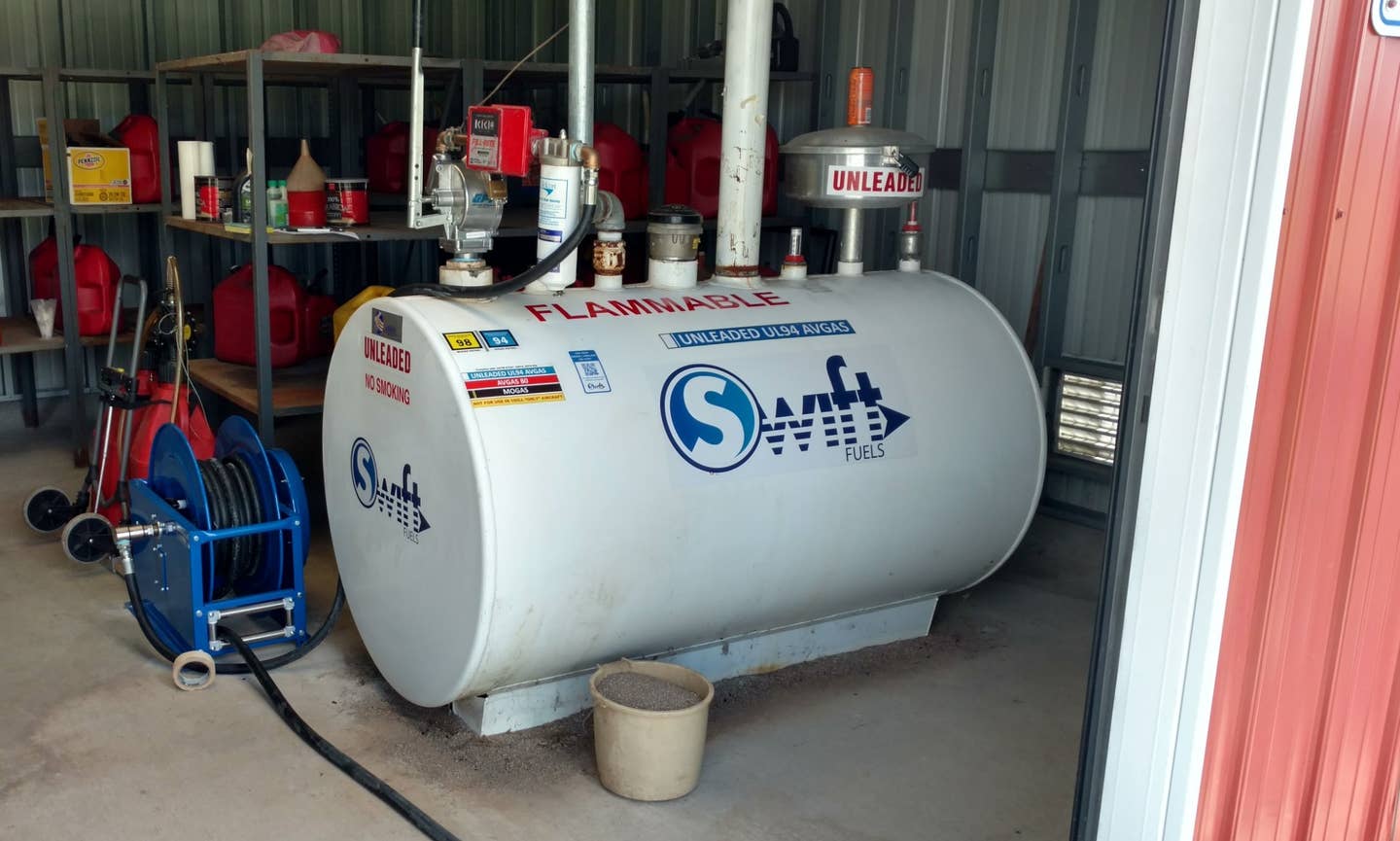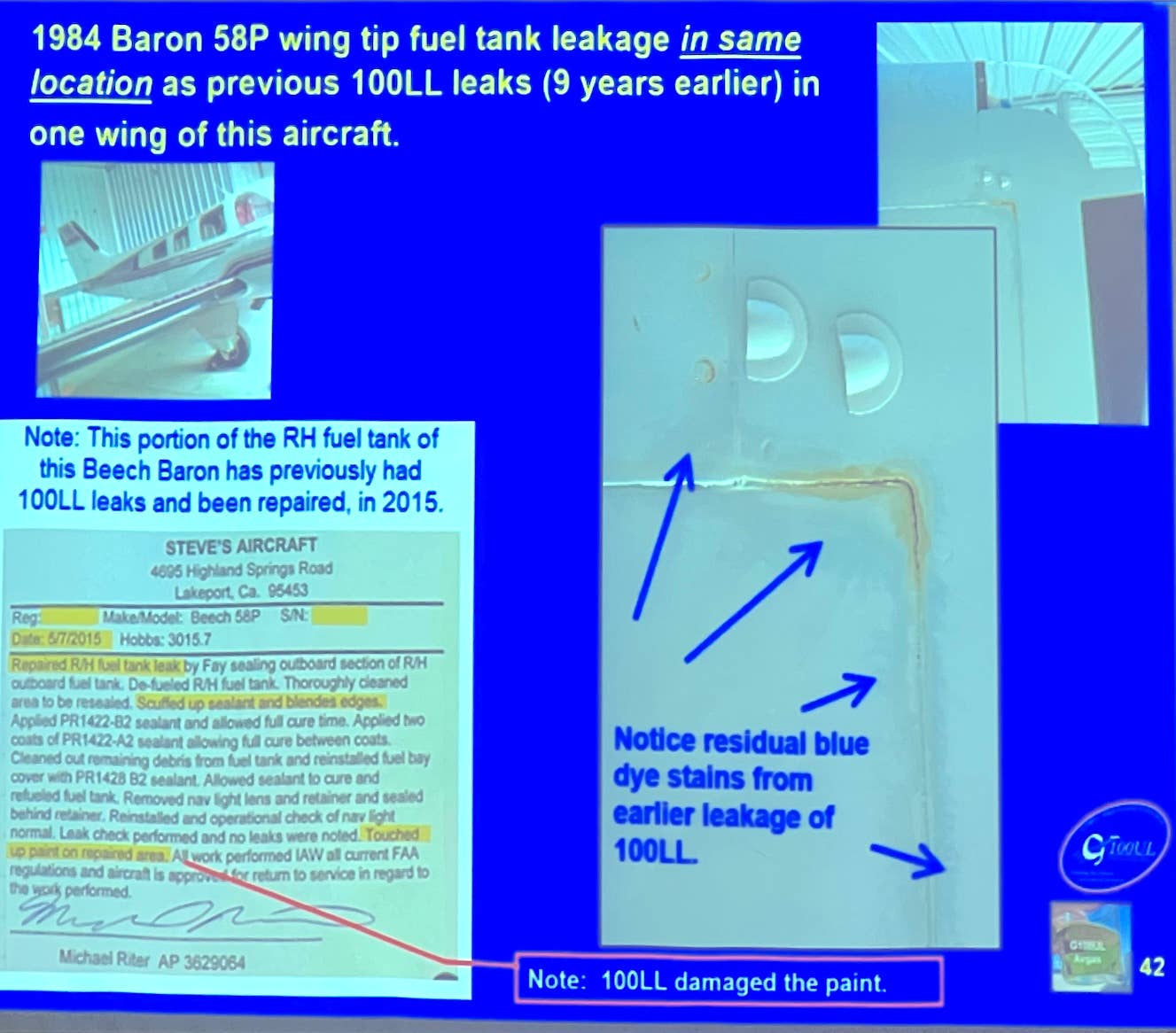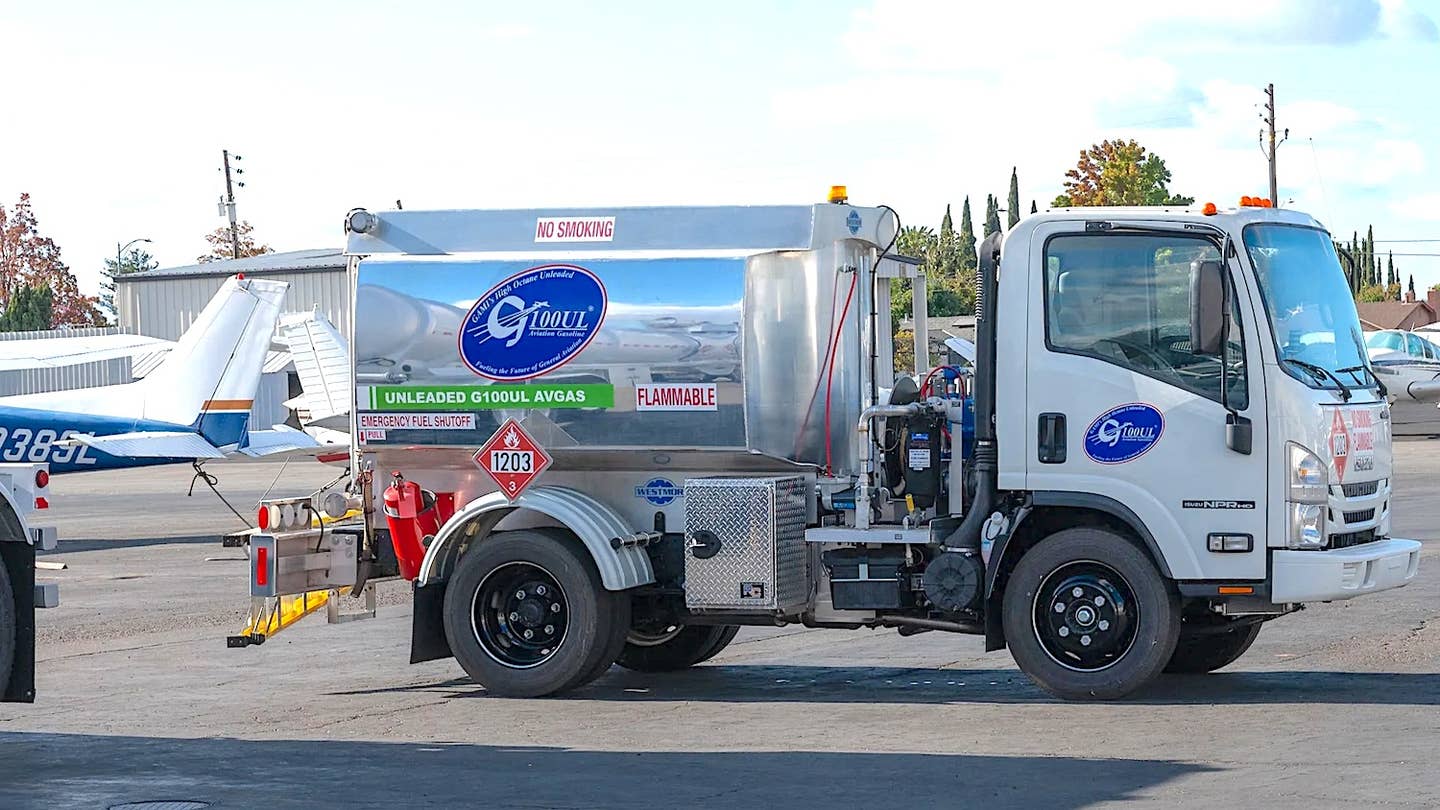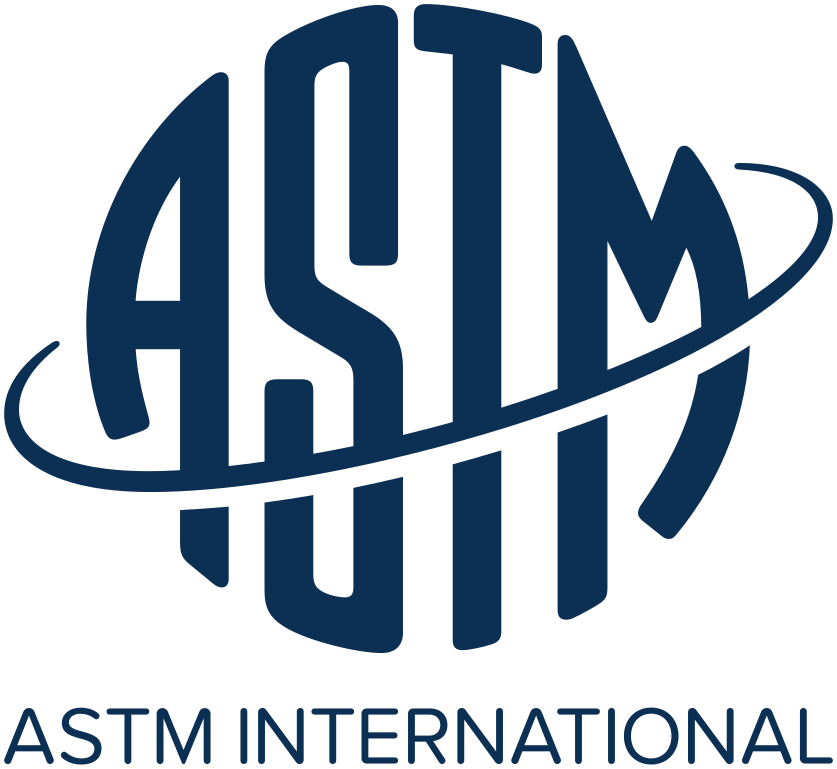The Savvy Aviator #12: Tire TLC
Tires are the Rodney Dangerfields of aviation: They get no respect. Proper tire care isn’t rocket science, and can pay hefty dividends in economy and safety. AVweb’s Mike Busch tells you what you need to know.
Many years ago, I was training for my multiengine flight-instructor rating. I had been flying my Cessna 310 from the right seat, and the instructor prepping me for my checkride was in the left seat. I'd just completed a series of right-seat touch-and-go landings, and we were about to make a full-stop landing to break for lunch when my instructor asked me if he could have that landing. "Sure," I said, "your airplane!"
The landing looked as if it would be perfect, but as the mains touched the runway something felt wrong. The long nose of the airplane twitched slightly to the right. It felt to me almost as if the right brake had been applied at touchdown. The instructor nudged the airplane left to bring it back on centerline, then gave me a quizzical look: "What happened there, Mike? Were your feet on the brakes when we touched down?"
"My feet were on the floor," I replied. "Are you sure you weren't touching the brakes?" He assured me that he was not, and we both shrugged.
As we cleared the runway at the high-speed, something else didn't feel right to me. "Did you feel that thump-thump-thump?" I asked the instructor. He shook his head, indicating that he didn't feel anything unusual.
We shut down the airplane in transient parking. As we climbed out, I walked around the airplane to get a good look at the tires. At first everything looked fine, but the "thump-thump-thump" I felt still bothered me. So I asked the instructor to help me roll the airplane backwards to rotate the tires about a half-turn, so I could get a look at the full circumference of the tread. Lucky thing I did that, too, because now I could see that the right main tire had a large oval area where the tread was almost completely worn away and some belt fabric was showing. This was clearly a no-go item.
We climbed back into the airplane -- me in the left seat this time -- and taxied very gingerly over to the FBO's maintenance hangar. Two hours later, the airplane was sporting a new 6.50x10 Goodyear Flight Custom tire on the right main gear, and my Visa card had an unplanned $300 charge.
Preflighting The Tires
I learned three lessons from that incident. First, expect to pay through the nose when you have a mechanical away from home base, especially if you're under time pressure. Second, make sure your heels (and those of your co-pilot) are firmly on the floor at touchdown. Finally (returning to the subject at hand), always give your tires a careful visual inspection before every flight.
As I discovered that day, if one of your tires has sustained tread damage, Murphy's Law dictates that the damage will almost certainly be on the underside of the tire where you can't see it. Therefore, your preflight must include rolling the aircraft forward or backward far enough that you can inspect the entire circumference of the tread. In other words, inspect the tires -- then roll the aircraft to expose the rest of the tread -- then inspect the tires again.
If you're flying a fixed-gear airplane with wheel pants, your preflighting challenge is much tougher. You may have to move the airplane multiple times -- or have an assistant roll the airplane slowly while you examine the tires -- in order to inspect the full circumference.
What should you be looking for when preflighting your tires? Basically three things: wear, damage, and proper inflation.
Checking For Wear
Inspecting for wear involves looking both at how much the tread is worn and whether or not the wear is even. The photo at right what the "perfect" worn-out tire should look like.
Note the even tread wear. Unlike car tires, aircraft tires can be kept in service until the tread has worn virtually to the bottom of the tread grooves.
Be alert for uneven wear. If a tire is worn in one place and has generous tread elsewhere, it may have been flat-spotted during landing, or it might just be severely out-of-balance (causing the heavy side to have borne the brunt of all your landings).
If the tread is wearing out faster at both shoulders than in the center, the most probable cause is underinflation, and that's a very bad thing. (More about this shortly.) Overinflation can cause accelerated wear in the center of the tread, but is far less common and less pronounced.
If just one tread shoulder is wearing out and you're flying an oleo-strut-gear airplane like a Bonanza or twin Cessna, you probably should ask your shop to check the wheel alignment at the next scheduled maintenance. Note, however, that Cessna singles with spring steel gear legs tend to wear the outside edges of the main gear tire tread because the natural camber of the main wheels when the gear is unloaded (including at touchdown).
Inspecting For Damage
Tire damage may be external or internal. External damage -- like my flat-spotting incident -- is usually fairly obvious. In addition to such "skid burns" you should be on the lookout for cuts, cracks, missing chunks of tread, and damage from nails and other foreign objects. Be sure to inspect the whole tire surface -- tread, sidewalls and bead area. Also look for weather checking -- numerous tiny cracks caused by environmental exposure, particularly on the sidewalls.
How can you tell whether external damage is serious enough to render the tire unairworthy? As a general rule, if the damage is deep enough to expose fabric or cord (as was the case with my skid burn), the tire is unairworthy and should be replaced before further flight. If the damage isn't that deep, it's OK to fly, but you'd be well advised to keep a very close eye on the tire, since the damage is likely to get worse -- perhaps quickly.
Internal damage -- such as tearing or delamination of carcass plies -- is more difficult to spot in a visual inspection, but may be an even more serious threat to safety. The presence of a blister or bulge on the outside of the tire -- generally on the sidewall -- is the usual tip-off that the tire is coming apart internally. Since it's impossible to assess the severity of such internal damage without slicing the tire open, a tire that exhibits a blister or bulge is best considered unairworthy.
Check That Tire Pressure!
Proper inflation is the most important element of getting long, safe service from your aircraft tires. It is also the aspect most sorely neglected by most owners and pilots. I think most of us develop poor tire inflation habits as a result of our experience with automobiles. Car tires (almost all of which are tubeless) tend to retain air pressure far, far longer than aircraft tires (almost all of which use relatively permeable inner tubes). With cars, it's generally sufficient to check tire pressure every month or two. Not so with aircraft tires, which often lose several PSI of pressure a week.
To make matters worse, most automotive tires these days are radials, which exhibit a characteristic sidewall bulge even when properly inflated. The aviation tires we used on propeller-driven aircraft, however, are bias-ply designs with sidewalls that show no visible bulge unless the tire is severely underinflated or overloaded. Consequently, if you simply "eyeball" your aircraft tires and don't add air unless the tire looks low, you're virtually guaranteed of flying with significantly underinflated tires most of the time. The only real solution is to check tire pressure with a tire gauge at least once a week, and preferably before every first flight of the day.
Of course, it doesn't do much good to check the tire pressure unless you have a source of compressed air with which to bring the pressure up to specs. If you don't have an air hose within striking distance of your parking spot (and most of us don't), the handiest solution is to buy a small portable air tank that you can fill up at a nearby gas station and use for topping off your tires. Other solutions include one of those little electric air pumps that run off your car's cigarette lighter outlet, or a foot-operated air pump of the kind available at auto parts stores or bicycle shops.
The Scourge Of Underinflation
Although underinflation produces rapid shoulder wear, that's probably its least important consequence. A far bigger problem is that the sidewall of an underinflated tire flexes under load far more than it should. This extreme flexing places excessive strain on the outer plies of the tire carcass, possibly causing those plies to tear. The flexing also generates heat that can cause the plies to delaminate internally.
Underinflation also permits the tire footprint to flatten excessively under load. As the tire rolls, the compressed tread rebounds to its normal contour, but inertia causes it to overshoot. The resulting "traction wave" causes excessive flexing and heat buildup in the tread area, and eventually can result in internal damage or even shedding of chunks of tread rubber.
To make a long story short, underinflation is the surest way to shorten the life of your tires. It's also the most popular method. Run down a row of tiedowns with your trusty tire pressure gauge and I'll bet a dollar to a doughnut that you'll find 80% of the aircraft with lower-than-book inflation.
Overinflation, while not a good thing, is far less of a problem than underinflation. Modest overinflation (10% to 20% over spec) can cause the center of the tread to wear faster than the shoulders, and will reduce the tire's ability to cushion the shock of hard landings, taxiing over potholes, etc. -- thereby transferring more shock to the wheel, landing gear and airframe. Extreme overinflation can overstress the tire's cords and plies, and increase stress on the wheels and wheel tie bolts.
But, because aircraft tires tend to lose air pressure over time, overinflation is a self-correcting problem, while underinflation just keeps getting worse.
What Tire Pressure Is Best?
This may strike you as being a "Who's buried in Grant's Tomb" question, since manufacturers publish a recommended tire pressure in every Pilot's Operating Handbook. For my T310R, for example, the book specifies 60 PSI for the mains and 40 PSI for the nosewheel. Actually, though, there's quite a bit more to the question of optimum tire inflation than those two numbers in the POH.
For starters, the recommended inflation pressure in most POHs is for an unloaded tire (i.e., when the airplane is up on jacks). According to Goodyear, tires that are loaded (as they would be when you check the pressure during preflight) should be inflated to 4% more than the published unloaded pressure. That means that my 60-PSI mains should really be inflated to 62.4 PSI if the airplane is "on its feet." (If your gauge can't read tire pressure to the nearest 0.1 PSI, don't feel bad ... neither can mine. 62 or 63 PSI is just fine.)
Furthermore, Goodyear makes it clear that the published inflation pressures are minimums, and says that the "recommended operating range" for aircraft tires is the published pressure "minus 0% to plus 5%." Therefore, I want my mains to be between 60 and 63 PSI if the aircraft is on jacks, or between 62.4 and 65.5 PSI as measured during preflight. Given that air pressure is lost over time, it seems to me it makes sense to shoot for the high end of this range when adding air to the tires.
Finally, Goodyear cautions that all these pressures apply to a cool tire (i.e., before flight). Pressure increases by 1% for every 5F (or 3C) of temperature rise. In particular, tire pressure should never be checked or adjusted within two hours after landing. That's how long it takes the heat generated by the landing roll and braking to dissipate.
If the airplane is flying from hot weather to cold, Goodyear recommends adding more pressure so that the minimum inflation is available in the cold location. For example, if I'm flying my T310R from San Francisco, Calif., to Jackson Hole, Wyo., during the winter, I really should have 70+ PSI in my mains departing SFO (OAT 55F) to ensure that I have at least 63 PSI when I get to JAC (OAT -5F).
The bottom line is simply this: Always err on the side of higher tire pressure. A small amount of overinflation is no big deal, but a small amount of underinflation is definitely bad news.
Loss of Tire Pressure
It's a good idea to keep tabs on the rate at which your tires lose pressure. Goodyear says that the maximum acceptable loss rate in any 24-hour period (after any temperature change has been taken into account) is 5% (i.e., 3 PSI for my 60-PSI-rated mains), although in my experience a loss of 1% a day (somewhere around 1/2 PSI for most tires) is more typical. If you're losing pressure faster than that -- especially if one tire is losing pressure significantly faster than the others are -- the first place to look is the filler valve stem. It's not uncommon for the Schrader valve in the stem to leak a bit, and squirting some soapy water on the stem will quickly reveal whether or not this is occurring. If it is, replacing the valve core is probably all that's required to stop the leak. Also make sure that every valve stem is properly capped in order to keep dirt and moisture out of the valve.
If you're losing air but it doesn't appear to be from the valve stem, your next move is to take the wheel off the airplane and dunk it in a tub of water to see if the leak can be visualized. A tire that seems to be in good shape but it losing pressure more quickly than it should may simply require a new tube.
More Tire-Saving Tips
Using the brakes as little as possible can do wonders for your tires, not to mention extending the life of your brake pads and disks. Instead of stomping on the binders to make that first turnoff, take advantage of the remainder of that 7,000-foot runway to slow the airplane aerodynamically. (Ever notice how often professional air carrier and bizjet pilots let it roll all the way to the end? It's not because they couldn't turn off sooner, but because they've been lectured about how much tires and brakes cost.)
During ground operations, taxi slowly to minimize sidewall flexing and the attendant heat buildup. Be sure to keep it slow by using minimum power, not by dragging the brakes as you taxi. Try to taxi with your heels on the floor. If you absolutely must use brakes to control your taxi speed (e.g., taxiing downhill or with a strong tailwind), use brief, firm braking as needed, rather than lightly dragging the brakes continuously.
If you observe that your tires are wearing faster on the outboard edges than the inboard edges (or vice-versa), consider dismounting and reversing the tires at each annual, in order to equalize the wear and extend tire life. This trick is especially useful with spring-steel-gear Cessna singles, which tend to wear the outboard edges faster because of the natural camber of the main wheels at touchdown.
During your preflight, keep an eye out for oil, avgas or hydraulic fluid that may have dripped on the tires during servicing. Remove such hydrocarbons promptly with soap and water, as they can be quite damaging to rubber.
What Kind Tires To Buy
There is a wide range of aircraft tires available, ranging from economy to premium, with a wide range of prices to match. Suppose you need a 6.00-6 6-ply-rated tire, commonly used for the mains on many singles, and for the nosewheel on most twins. Your choices range from an ultra-economy McCreary Aero Trainer ($36 each) to a top-of-the-line Goodyear Flight Custom III ($130.00 each), with at least five other choices available at intermediate prices. That's an astonishing 3.6-to-1 price differential between the lowest- and highest-priced brand of what are theoretically identically-sized, identically-rated tires. And that doesn't even consider retreads.
So, when the time comes to replace tires on your aircraft, which should you buy? Are the pricey premium tires really worth three or four times the cost of the el-cheapos?
As a general rule, low-priced economy tires are best used on high-utilization aircraft. They're particularly appropriate for trainers and rentals and bush planes and other applications where the tires are particularly likely to be abused. After all, if a tire is likely to be skid-burned into early retirement by a ham-fisted, lead-footed student pilot, it makes a lot more sense to let the student destroy a $36 tire rather than a $130 tire, doesn't it? FBOs and flying clubs are prime candidates for cheap McCrearys and slightly less-cheap Condors.
On the other hand, for an owner-flown airplane that flies less than 100 hours a year and sits on the tiedown line for days or weeks at a time between flights, an el-cheapo tire will likely rot away from UV exposure and smog long before it has the opportunity to wear out. A low-utilization operator like this is probably best off buying the highest quality, most durable and weather-resistant tire available, such as the Goodyear Flight Custom III and Michelin Air. (These are the tires I use on my Cessna 310, and they typically provide me five or six years of hassle-free service.) If you're on the fence, Goodyear Flight Specials and Michelin Aviators offer a good intermediate choice between the economy and premium models.
The subject of retreaded aircraft tires is even more controversial. On one hand, the top retreaders claim with pride that their products are every bit as good as new tires at a fraction of the cost. On the other hand, some aircraft manufacturers (notably Beech) explicitly forbid the use of retreads on their retractable-gear aircraft, claiming that they may be dimensionally unstable and jam in the wheel wells. Lots of high-utilization fleet operators dispute this claim, pointing to tens of thousands of trouble-free hours of using retreads in their high-performance retracts. The "Monster Retread" from Desser Tire Company recently chalked up top marks in tests by The Aviation Consumer.
Where to Buy Them
The best way for the typical aircraft owner to save money on tires is not to buy cheap tires, but to buy top-quality tires at discount. Aircraft tires are a high-markup item, and you'll find the prices available in Trade-A-Plane or on the Internet to be a good 25% to 35% lower than the list price you'd pay at an FBO.
The largest aircraft tire distributor in the U.S. is Desser Tire & Rubber Co. headquartered in Southern California, but with a major depot in Memphis, Tenn. (right down the street from the FedEx hub). Desser's prices are extremely competitive, and they often run specials on one line of tire or another. Desser runs a full-page ad near the front of each issue of Trade-A-Plane, and an extensive Web site where you can order tires online and get free delivery via FedEx. If you need to talk to a human, call 1-800-AIR-TIRE.
Once you've put on those new tires, simply check the tire pressure with a gauge at each preflight, add air as necessary to assure you never operate underinflated, and keep your tootsies off the brake pedals as much as possible, and you should be set for years of trouble-free service.
See you next month.
Want to read more from Mike Busch? Check out the rest of his Savvy Aviator columns.






